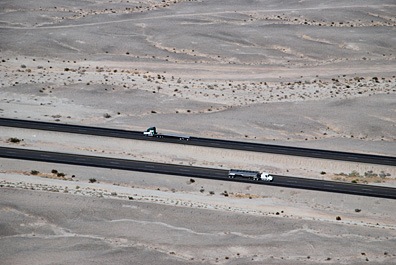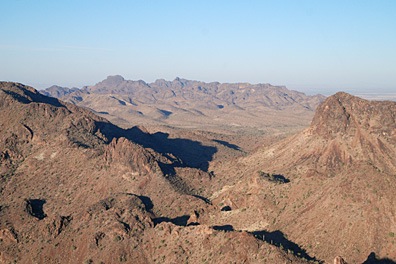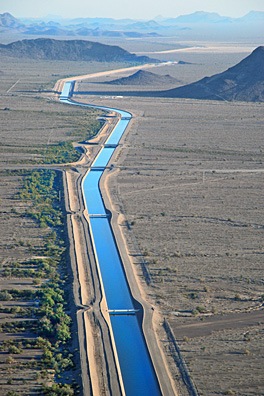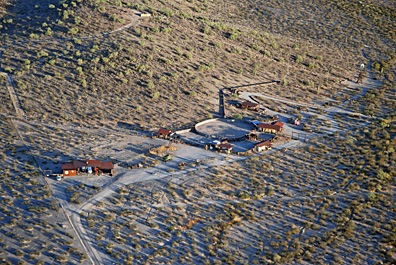And that can safe your life.
After guesstimating for a while that I had about 2,000 hours of flight time, I finally got around to adding up all those columns of numbers in my log book. Although I make entries pretty regularly, the chore of adding them up is only done a few times a year. I’m prepping for a Part 135 check ride this week and figured it was about time. I discovered that I passed the 2,000 hour mark back in October — about ten years to the day after my first flight lesson.
Flight time is one of the few real gauges of experience that pilots have. While many passengers ask me how long I’ve been flying, very few ever ask the real question: how many hours have you flown? I know plenty of pilots who have been flying far longer than I have, but don’t have as many hours logged. Who is more experienced? I think hours is a better indication than years.
The more you fly, the more you really experience as a pilot. Let’s face it: shit happens. But it won’t happen to you if you’re not out there in a situation where it can happen. How can you learn how to deal with the kinds of weird things that happen to pilots if you’re not flying enough for them to happen?
You might wonder what kinds of things I’m talking about. Here are a few of them:
- Weather is probably the most obvious — and most insidious, as anyone who has analyzed what happened to Colgan Flight 3407 near Buffalo the other day. Weather can be wind, rain, snow, hail, ice, turbulence, fog, clouds, and thunderstorms, among other conditions. The more weather a pilot has experienced, the more comfortable and knowledgeable he about flying in that weather. I’m not saying a pilot should take unnecessary risks. I’m just saying that no one can be a good, experienced pilot if he is a “fair weather” pilot who only flies in perfect conditions.
- Aircraft capabilities can only be truly known through experience. Sure, an aircraft’s Pilot Operating Handbook (POH) will give you performance data and explain emergency procedures. And yes, you should know the contents of that book to fly the aircraft safely and legally. (This falls under FAR Part 91.103, which begins: “Each pilot in command shall, before beginning a flight, become familiar with all available information concerning that flight.”) But it’s only though experience that you can learn how an aircraft will handle in any given situation. CG a little skewed? What will that do to the controls? Landing heavy on a 95°F day at an airport at 5,000 elevation? With no wind? A crosswind? How will the aircraft perform? The more aircraft you fly and the more time you spend in each one will help you understand the different capabilities of what’s out there. It’ll also teach you “tricks” (for lack of a better word) that can help you cope in difficult situations.
- Radio communication is another thing that smoothes out with real experience. New pilots who have 95% of their flight time in the pattern at their home airport know every controller and nearly every request they’re likely to get. But put those pilots in the busy airspace of another airport 100 miles away and they’re often completely at a loss for words. It’s even worse when that airspace is around an airport without a tower, where local general aviation (GA) pilots are getting in some Sunday flying. But the more a pilot flies and the more airspace he visits and interacts with, the better he will become as a radio jockey, communicating with Air Traffic Control (ATC) and other pilots. At some point in the experience curve, the pilot will stop reciting requests and responses by rote and begin actually communicating in a language he’s more comfortable with.
These are just a few things a pilot learns with experience. If you’re a pilot, you can probably think of others. Please share them in the comments for this post.
My point is this: don’t whine and complain when a job you want to do requires 1,000 hours of experience to get your foot in the door. The folks hiring you know the simple equation: flight time = experience. And you can never have too much experience when you’re a pilot.



 Apparently, however, the best helicopter-specific magazine comes from down under. Australia-based
Apparently, however, the best helicopter-specific magazine comes from down under. Australia-based 





